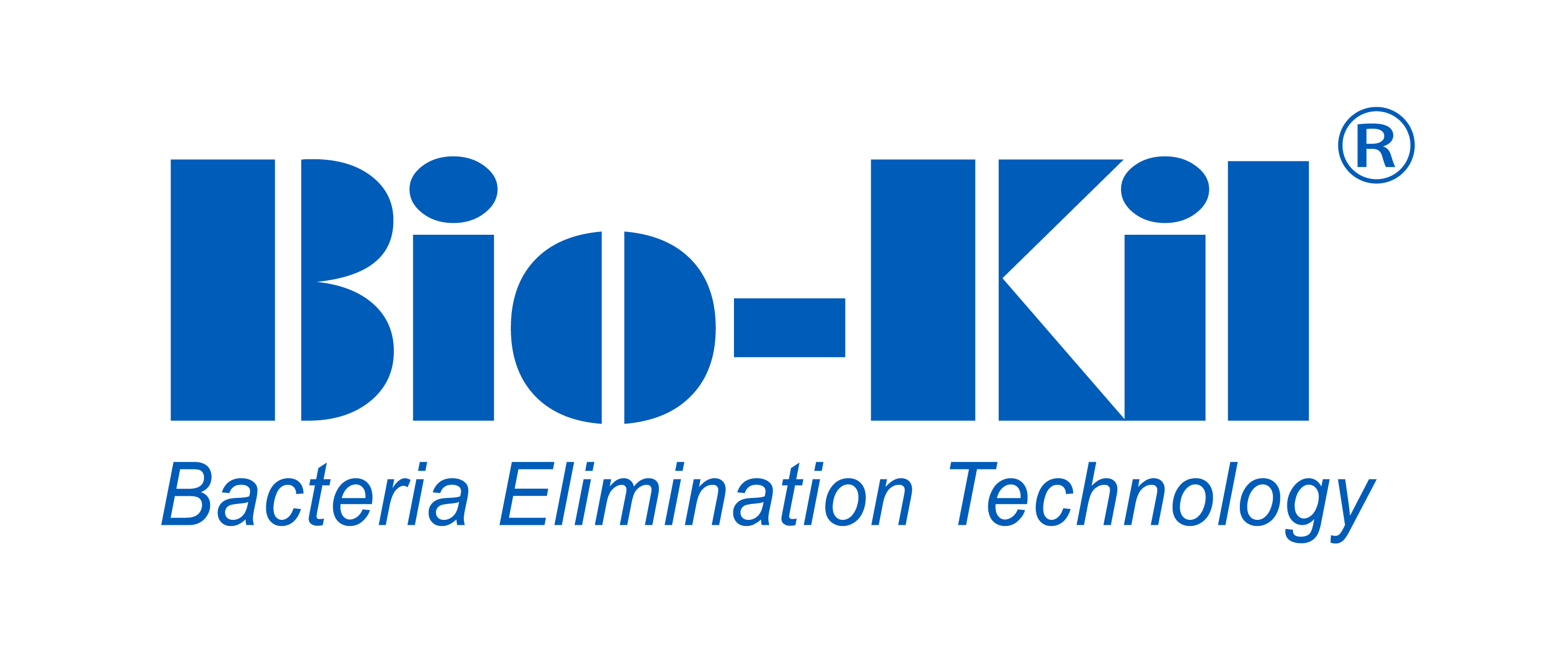Red Zone
Bio-Kil solution has been installed in isolation room air filtration system. Also, medical professionals wear Bio-Kil treated personal protective gears to further reduce the opportunity in contacting the pathogen. After SARS, Bio-Kil solutions for Red Zone has been successfully adapted by hospitals and transportation hub with applications specifically in isolation rooms, infection screening stations (both hospital and transportation hub) and labs (including lab animal housing unit).
Medical
Environment
The Medical Environment is defined as hospital or clinic. In medical environment, Healthcare-acquired Infection, known as HAI or formally Nosocomial Infection, is a major concern for medical professionals. HAI can happen in clinical setting such as hospital, clinic, nursing home, laboratory etc. According to US CDC estimation, each year about 1.7 million cases of HAI, and about 99,000 deaths. HAI leads to financial burden of patients and their family due to medical treatment. HAI also takes away medical resources and manpower. Bio-Kil solutions has been implemented as a system solution to address the Healthcare-acquired Infections by hospitals in both Singapore and Taiwan. Working closely with CDC professionals in hospitals, Bio-Kil solutions will be strategically installed and implemented in transmission key nodes to reduce the concentration of microorganism, therefore lowering risks of HAI. Bio-Kil solutions include a regular monitoring of microorganism, allowing CDC professionals to adjust strategies according to the results. Bio-Kil solutions are used in intensive care unit (ICU), respiratory care center (RCC), burn ward (BW), organ transplant unit, operation room and general ward.
Non-medical
Environment
Bio-Kil solutions are mostly implemented in schools, office building, hotels, transportation hub.
